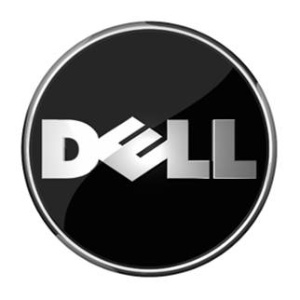Hurricane Sandy is a weather system that is converging on the east coast of the United States. Forecasters warned that the New York City region could face the worst of Hurricane Sandy as it picked up strength and turned toward the U.S. East Coast’s largest cities Monday, forcing the shutdown of financial markets and mass transit, sending coastal residents fleeing and threatening high winds, rain and a wall of water up to 3.35 metres tall. It could endanger up to 50 million people for days on end.
Sandy strengthened before dawn and stayed on a predicted path toward New York, Washington, Baltimore and Philadelphia — putting it on a collision course with two other weather systems that would create a superstorm with the potential for havoc over 1,280 kilometres from the East Coast to the Great Lakes. Up to 90 cm of snow were even forecast for mountainous parts of West Virginia.
The New York Stock Exchange, probably the largest in the world, has decided to close during the hurricane’s downpour over New York City. “Leave immediately. Conditions are deteriorating very rapidly, and the window for you getting out safely is closing,” New York Mayor Michael Bloomberg told those in low-lying areas. Water was splashing over the seawalls at the southern tip of Manhattan.
We don’t know what will happen to the low-lying Manhattan Island, but one thing is for sure. Many global businesses have headquarters in NYC, major accounting, rating and capital investment firms also have offices in NYC. With the ever present danger nearing the city, it is expected that many people will be told not to go to work. This could potentially stall the global market trade and influence a myriad of other things.


